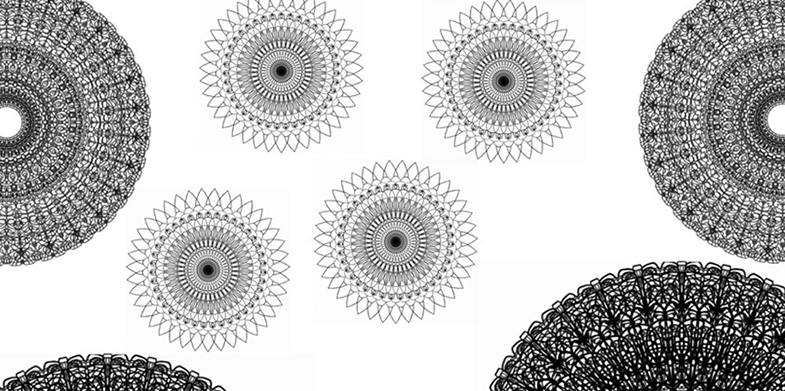

To eliminate these problems, examine each part of the object or make a new one by tracing the original with drawing tools. Note: Occasionally, you may see an error message, “The selected artwork contains an element that cannot be use in a scatter brush.” This indicates that there is a drop shadow, a transparency, a gradient, or other effect present. Click a Radio button for one of the types listed above.
Pattern Brushes create repeating copies like scatter brushes without the “rotate and scatter” effectĥ. Art Brushes paint one object per stroke and sylize your object as you paint. Scatter Brushes disperse multiple copies of your object along or scattered around a path. Calligraphic Brushes create strokes that resemble those of a calligraphic pen. There are four types of brushes you can make: Press and drag the selected object into the brushes panel.Ī dialog box appears, asking which type of brush to make. Click the New Brush icon in the Brushes panel.ĭ. Click the Options button in the Brushes panel:Ĭ. Initiate the new brush in ONE of the three following ways:Ī. (This may be accessed in two ways: click the Brushes panel tab or click Windows, and click Brushes from the Menu bar.)Ĥ. With the Selection tool, shift-click to select all parts of the object from which you would like to make a brush.ģ. 
Open or create any object in Adobe Illustrator.Ģ. From it, we can make a paintbrush that creates a design like you see on the right:ġ.

Did you know you can create your own custom brushes in Adobe Illustrator from any artwork object? This makes it easy to scatter copies of an object across an area, or to apply artistic effects without modifying the original object.įor example, on the left is a simple, two-piece object drawn in Illustrator.







 0 kommentar(er)
0 kommentar(er)
